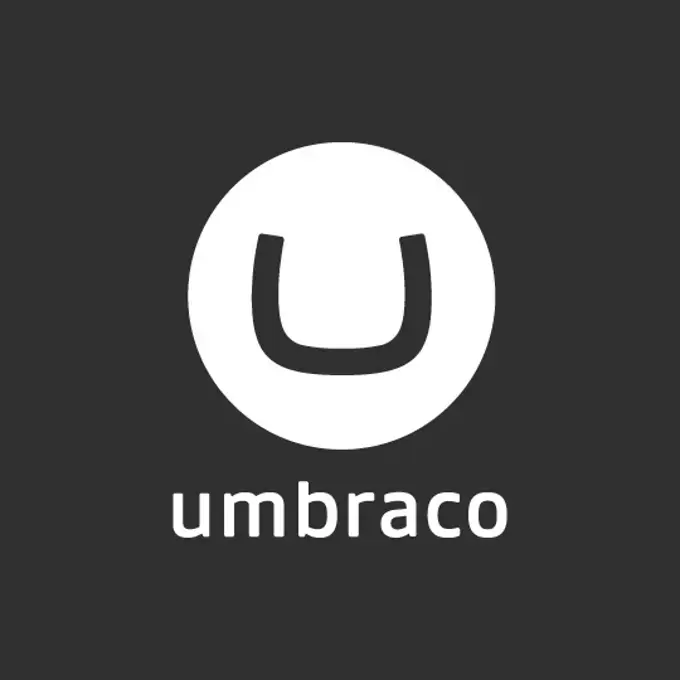Understanding the True Purpose of Information Architecture
Britney Na Interaction Designer#Design

Information Architecture is about more than just creating a site map. Learn about how it involves page design, user experience, and more.
At Diagram, we work with our clients to create websites that provide the best possible experience for their users, and one of the key aspects of our design process is Information Architecture, or IA. However, we’ve found that there is occasionally some confusion over what exactly Information Architecture is.
Since IA involves organizing a website’s content in an easy to understand manner, many people assume that it is the same thing as creating a sitemap. However, there is a lot more to the concept than the basic structure of content. Ideally, designers should be able to combine this structure with the design of the pages to create the best possible experiences for users and help them complete their goals on the site.
Visual Design and Information Scent
Rather than defining a site’s structure and then building the site around it, Information Architecture should be about guiding users in the right direction. Considering the visual design of the site’s pages and templates alongside how the site’s content is structured will ensure that users are able to find the information they need.
One of the key concepts related to Information Architecture is that of Information Scent, which is used to provide visual indication to users to let them know where they are within a site’s structure, and where they can go next to accomplish their tasks. This can include using calls-to-action (CTAs) to let people know what action they can take next or simply by highlighting key areas that they can focus on and giving them clues about which other areas of the site they might want to check out and guiding them toward the next steps they should take.
Avoiding Duplication
One issue with Information Architecture that often arises is the duplication of links throughout a site. In sites that have a large number of sections and sub-sections to their navigation, some pages are often included in multiple sub-sections. This often happens because the site’s authors want to make sure information is available everywhere it might be relevant, but the result is that it becomes difficult to understand where pages fit into the site’s structure.
Instead of including pages in the sub-navigation of every relevant section, it is best to determine the best single location for each piece of content and only include it within that section. If that content is relevant to other sections, it can be included in a “related links” sidebar rather than within the sub-navigation, ensuring that people understand where each page fits within the site’s structure.
Uniting IA and Page Design
Information Architecture is not just about creating the perfect sitemap, but about making sure people understand the purpose of each page of the site and what they need to do to complete their goals, whether that might be to make a purchase, find information about an organization, or fill out a form to download a white paper. Everything should work together to convey the same message, from the way each page’s content is laid out to the underlying structure of the site’s content.
One thing that site owners can do to determine whether their Information Architecture is providing the most value for their site’s users is to perform a content audit. This type of “spring cleaning” of a site’s content is a great way to learn exactly what content currently exists on the site, understand the most relevant location for each page, and find and remove any duplicate links.
Do you have any questions about Information Architecture, performing a content audit, or how to make sure your site’s design is working to help your users complete their goals? Please contact us to speak to a Solutions Engineer, and we’ll help you make sure your site provides the best possible user experience.
Image Credit: Forgemind ArchiMedia, used under CC BY / Filter and text added to original
Related Posts
The Difference Between a CMS Migration and Website Redesign
Learn about the three areas website owners need to consider when planning a migration to Episerver: website design, CMS technology, and content.

What is Umbraco CMS?
Migrating your content management system? Why not consider Umbraco? Learn about this .NET CMS, pricing and why it's the right choice for your organization.
Results Matter.
We design creative digital solutions that grow your business, strengthen your brand and engage your audience. Our team blends creativity with insights, analytics and technology to deliver beauty, function, accessibility and most of all, ROI. Do you have a project you want to discuss?
Like what you read?
Subscribe to our blog "Diagram Views" for the latest trends in web design, inbound marketing and mobile strategy.
